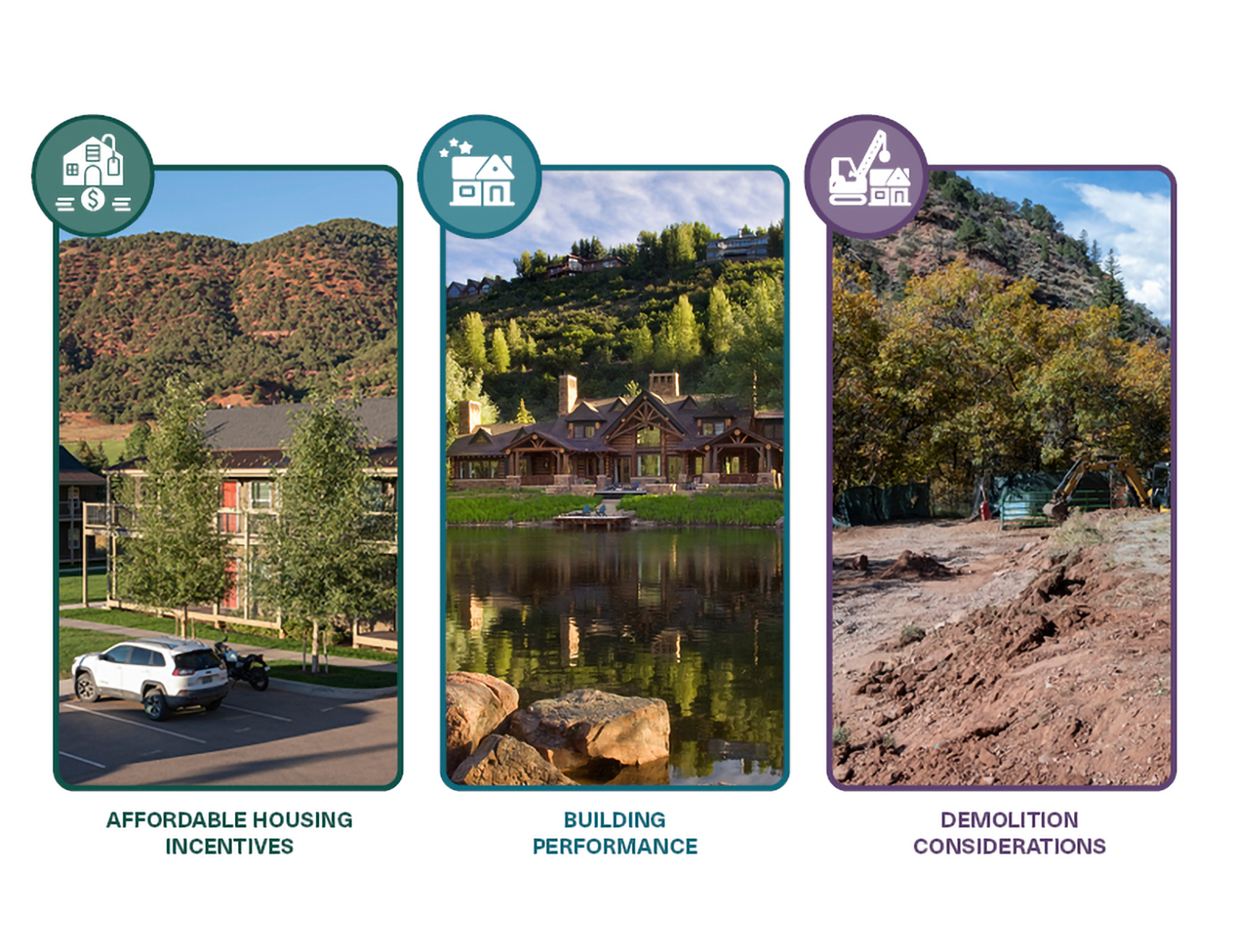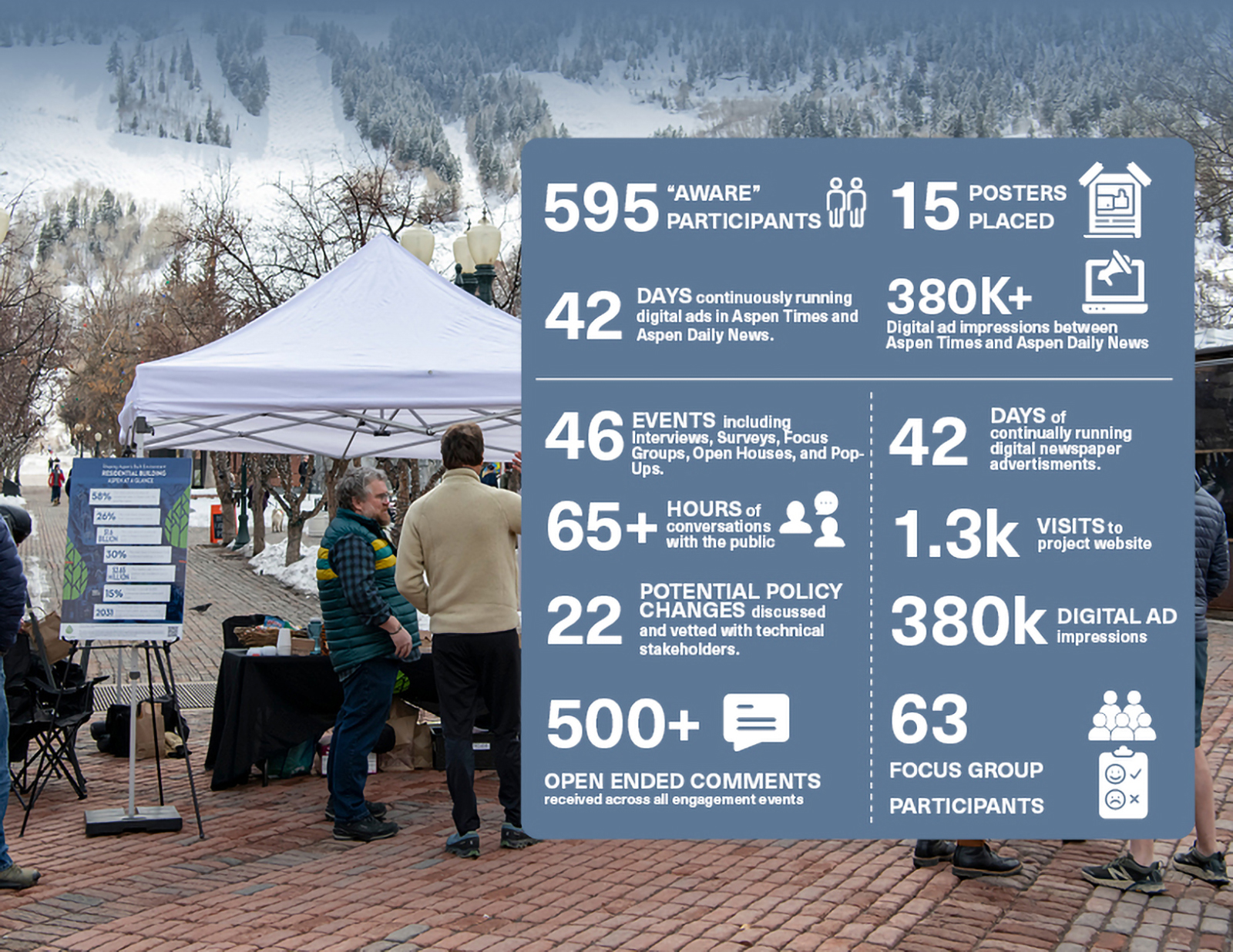
As community leaders struggle with the housing crisis, balancing development with environmental protection, how can they create a positive change through updated land-use and building codes?
Communities large and small face similar challenges related to housing affordability—home prices continue to increase and interest rates remain high, making home ownership out of reach for many. Couple that with limited rental home supply, and there is a tightening of the housing market that forces many community members to live farther away from their jobs. This has implications for our transportation systems as well as our sense of community.
While the challenges are real, and local governments don’t have control over many macroeconomic factors like interest rates, there are tangible ways local governments can take action. Depending on your state regulatory framework, you can use your local land-use and building codes to require or encourage development that aligns with your goals.
From housing density and affordability to green building codes and community engagement, here are five tips and real-world examples to empower community leaders to create more equitable and sustainable communities. Each of these tools can be scaled to your community to meet your specific challenges and goals.
1. Create a by-right land-use process for the housing typologies you want to see in the community.
Addressing affordability requires a true mix of housing options, and creating a clear and quick process for different housing types can incentivize the creation of new and different housing types. Analyzing your land-use codes is the first step to understanding what unit types it supports and which it disincentivizes. If a single-family home can go straight to building permit, but a duplex requires a review with the planning commission, you are not going to have as many duplex units. If duplexes are permitted by-right, you will encourage more to be built.
An important consideration when expanding the types of housing that can be developed in a neighborhood is the scale. New housing types—such as a cottage court, fourplex, or townhomes—must be scaled appropriately for a community, and often a neighborhood-by-neighborhood approach is needed. In 2023, the city of Aspen updated its land-use codes to allow up to four units of deed-restricted housing in all single-family neighborhoods by right. If a fourplex is built to the same allowed square footage as a single-family or duplex home, it can proceed straight to a building permit review.
This approach creates the opportunity for additional residential density that is scaled appropriately to each neighborhood. Before this change, a fourplex was not allowed in these zones so a property owner looking to develop one would have faced a months-long review process with the planning commission and city council.
Other communities looking to adopt a similar change might select a larger, allowed by-right density; may determine a deed restriction is not needed; and may be comfortable with allowing larger buildings for more density. The key strategy is to remove process barriers to incentivize additional housing options.

Communities can implement land use and building code changes related to incentivizing housing creation, addressing
demolition, and requiring building performance metrics. Photo credit: Design Workshop
2. Incentivize the creation of deed-restricted housing to ensure long-term affordability.
In communities with an existing affordable housing or deed restriction program, there is an opportunity to use the code to create more deed-restricted housing. In communities that don’t already have such a program, creation of a program is worth exploring.
One way to incentivize deed-restricted housing through the land-use code is to provide dimensional benefits, such as additional height or building floor area, or lower setback or parking requirements, for these units. When changing dimensional allowances is not possible, reduced land-use, permit, and tap fees for affordable housing can help incentivize its creation by a private developer. For any of these tools to be successful, the benefits received need to offset the revenue difference anticipated between a free-market housing unit and the deed-restricted unit.
Another way to incentivize deed restrictions is to work directly with existing or prospective property owners by providing down payment or other financial assistance in exchange for a deed restriction. This is typically completed in conjunction with an existing housing program and requires funding streams from grants or taxes. A number of mountain communities in Colorado, including Frisco, Vail, and Summit County, have each successfully implemented such programs, and others, including Basalt, are exploring them.
3. Update building codes to the latest ICC code cycle and consider going beyond.
The International Code Council (ICC) has continued to increase energy efficiency requirements in their updated codes. Moving to the latest code cycle can help your community reach greenhouse gas goals, while ensuring development is as energy efficient as possible. In addition, many communities can adopt local amendments that can go further in meeting specific climate and greenhouse gas goals.
In Pitkin County, Colorado, local building code amendments have created energy budget limitations for outdoor amenities. In a community that sees large homes (up to 9,250 square feet in some areas of the county), they have determined it is critical to address the energy impacts these homes have. These new codes, adopted in 2024, allow a homeowner to select the types of exterior amenities that require gas or electricity to function—such as pools, hot tubs, fire pits, and snowmelting patios or driveways—up to a specific threshold. Once they reach their energy budget, additional outdoor amenities cannot be constructed.
This code change strikes a balance between limiting the potential impacts from large residential development and allowing homeowners to use their property as they desire. It also ensures that all residential development is part of the solution in addressing greenhouse gas emissions and energy efficiency.
4. Limit demolition allowances to preserve existing housing stock.
In many communities, older homes that may have traditionally housed families and working residents are being demolished. The new homes that are constructed in their place are often larger and more expensive than what was there before, making them out of reach for community members. One tool to help limit these conversions is creating limitations on the number of full demolition and replacement projects that can move forward in a given neighborhood or in a given timeframe.
Aspen, Colorado, adopted an annual limit on full demolitions that can occur each year. For the homes that are demolished and replaced, the codes require that they meet strict waste diversion requirements, and the new construction must meet additional energy efficiency requirements. Calculation of embodied carbon and energy reporting is also required.

With thousands of individual touch points, the city of Aspen’s land-use and building code project focused on bringing the community’s voice into the process. The team used online surveys, in-person focus groups, and a series of neighborhood pop-ups to hear from a broad audience. Photo credit: Design Workshop
5. Engage the community on code changes.
Any changes to these codes must be informed through a community engagement process to build consensus, support, and an understanding of the impacts. Each of the examples in this article included community engagement, which has led to success in implementation in the adoption phase.
Aspen utilized broad community surveys and community pop-up events to reach community members. Pitkin County (Aspen/Snowmass) convened a 26-member community growth advisory committee to craft broad recommendations related to the county’s climate goals. Both used a series of focus groups and open houses to inform recommendations for the neighborhood where code changes were anticipated. Each of these engagement processes ensured community understanding of the issues when codes were proposed for adoption.

JESSICA GARROW, FAICP, is a community planner with 20 years of experience. She is a principal with Design Workshop and a former community development director.
New, Reduced Membership Dues
A new, reduced dues rate is available for CAOs/ACAOs, along with additional discounts for those in smaller communities, has been implemented. Learn more and be sure to join or renew today!
